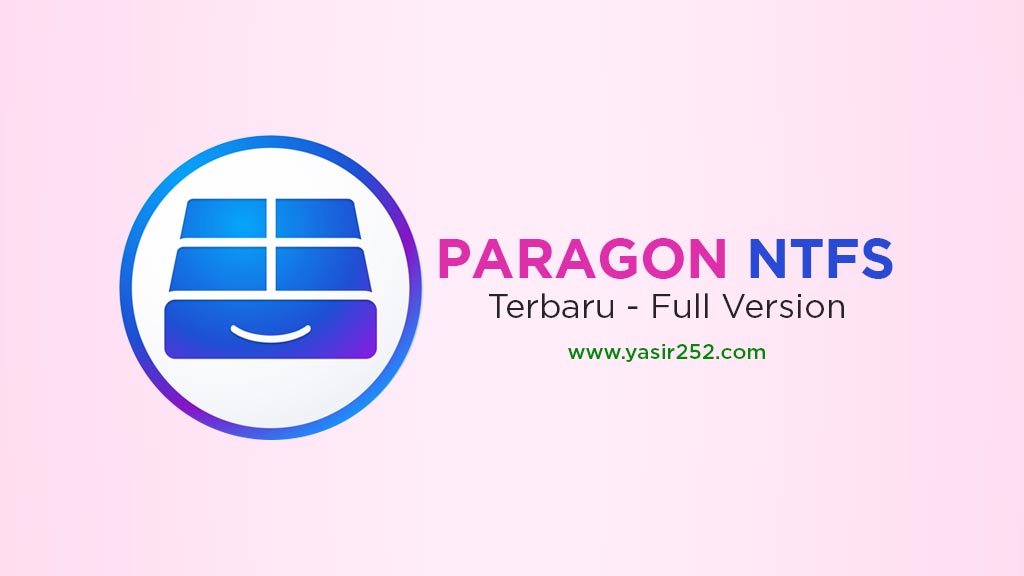Nov 17, 2015 From Tuxera vs Paragon comparison table, Paragon NTFS is revealed to be the best NTFS software compatible to all OS X version including the new MacOS Sierra. It effectively makes Mac users able to fully either read or write to NTFS Partitions mounted by USBs or External Hard Drives formatted to NTFS file system.

Last year, out of necessity to figure out which tool to use, I posted a comparison of Tuxera and Paragon NTFS drivers on macOS Sierra. I just bought a shiny new too-expensive-and-questionably-fit-for-sale MacBook Pro 2018, and the question is newly prescient. Some things have changed – we’re on High Sierra looking to Mojave now, both drivers have new versions out, and this new machine now has not only USB 3.1 Gen2, but more generally, 160GBit/s I/O that could fully saturate virtually any storage device you could plug into it. That almost includes some hypothetical external RAMdisk. Part of my plan for this machine going forward is to start running space-intense tasks like VMs and my photo library from an external NVMe SSD that can actually utilize that silly bandwidth, and may itself be shared with Windows 10 machines, so here we are.
- Apr 14, 2017 Tuxera is actually a principle developer of NTFS-3G, and the commercial product is built on top of it with some substantial proprietary improvements to performance. Paragon Because it’s not based on NTFS-3G, it should be immune to some of the performance oddities of NTFS-3G, as well.
- Jul 01, 2021 NTFS-3G performance vs Paragon's NTFS for Mac Previously, I was using NTFS-3G (april 2008 release) with MacFUSE for NTFS read / write operations. However, it was sooo terrible slow that I couldn't bare it anymore as I use external USB storage for multiple VM images.

What’s the same?
Licensing (kind of). Paragon still charges $20 for their NTFS driver, licensed per-machine with no upgrades. Tuxera still charges $31 for thiers, on a per-user basis with free upgrades to new versions. Winner: Tuxera. Except, there are some extenuating circumstances at the moment: Tuxera’s currently on sale for $18, and Paragon has released a package suite of drivers which includes free upgrades, and is $50. These factors make things a little less straightforward, but still I feel sum up in Tuxera’s favor. (UPDATE: Originally, I thought the package suite was on SALE for $50, but I think that’s actually the normal price and $100 is what you’d pay if you bought each alone. That makes Paragon a pretty darn good deal.)
What’s different?

Features and interface. Paragon has developed significantly since last year. It has some pretty looking tools and interfaces, although I don’t think they change much in a practical sense. It now comes with a pretty menu item which shows your drives and offers quick access repair/mounting/etc. If you don’t find that useful, you can turn it off.
Tuxera is pretty much unchanged.
The UI differences are sort of neither here nor there, although for my money, change is good. Minor point to Paragon for making an obvious effort to keep pace with Mojave.
Performance comparison
Long story short: Paragon pretty much smokes Tuxera. For spinning disks, the performance comparison is mostly unchanged – they’re both about the same, and performance varies ±10MB/s on the benchmark anyway depending on the direction of the wind. But the SSD performance delta has expanded from about 40% better for Paragon to more like 75% better for Paragon. Caveat emptor: this is moving from a 2.5GBit/s ExpressCard bottleneck on my old machine to the SSD’s internal flash bottleneck on the new one, but still – Paragon couldn’t quite saturate the ExpressCard on my old test, and now can just about saturate the SSD. These numbers are about what I get running a benchmark on a Windows machine with USB 3.0. Tuxera also improved over the old benchmark, as you can see, but not by nearly enough to even maintain that performance delta. Paragon is a clear and commanding winner here.
| Disk | Driver | Connection | 2017 Read (MB/s) | 2017 Write (MB/s) | 2018 Read (MB/s) | 2018 Write (MB/s) | Winner? |
| Internal SSD | (APFS) | NVMe | 2696.2 | 2646 | |||
| SSD | Paragon | USB3 | 187.3 | 167.2 | 428 | 422 | Paragon (75%) |
| SSD | Tuxera | USB3 | 133.1 | 119 | w/ caching: 242 w/o: 225 | w/ caching: 233 w/o: 105 | pretty reproduceable |
| HDD | Paragon | USB3 | 106.8 | 104.9 | 90 | 92 | Tie |
| HDD | Tuxera | USB3 | 104.7 | 103.6 | w/ caching: 97 w/o: 103 | w/ caching: 102 w/o: 80 | Both pretty variable. |
A note about caching
Compare Tuxera Paragon Ntfs Software
One thing I’m unclear on is how Paragon handles file system caching vs Tuxera. Tuxera offers the option to turn it off, at a performance penalty (that the benchmarks clearly show). Paragon offers no such option, so it’s unclear to me if the driver is doing caching or not. On Windows, I have write caching turned off by default for external devices since it improves FS resilience in sudden-disconnect scenarios, which can be tough to avoid especially with portables. This doesn’t seem to have a huge impact on performance, where it certainly does here. Oddly, Tuxera seems to be impacted even on read by having caching disabled, which I wouldn’t have expected to be noticeable in these tests.
Conclusion
Tuxera Vs Paragon Ntfs
Now that I’m much more performance-conscious in my driver choice, I’m much more inclined to switch to Paragon. For now, I’m going to run the trial and decide how I feel at the end of that. It seems likely I’ll buy the package deal for $50 with future upgrades, even though I don’t really need the other drivers. Plus, I already have a Tuxera license to cover other machines where I’m less performance-conscious.